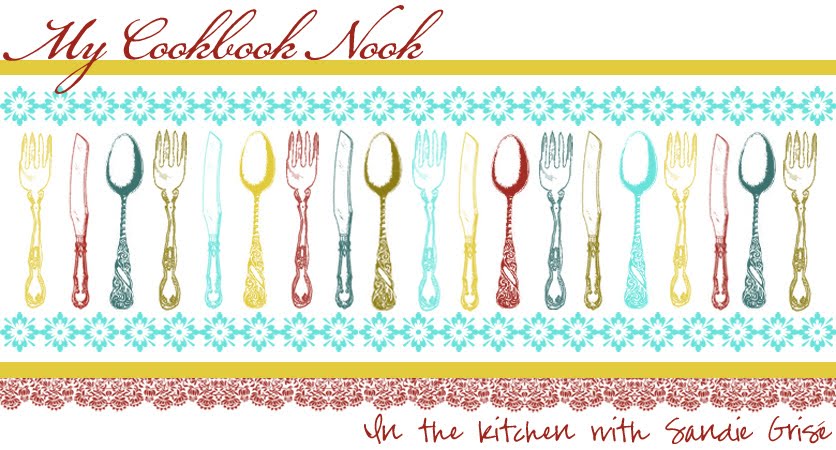January 12, 2007
Things you didn't now about Rice...
If you're idea of rice is white, Minute Rice, it's time to try something different. Rice is a major part of the meal for two-thirds of the world's population. While we don't eat as much rice as the rest of the world, it has been grown in the United States for more than 300 years. The origins of rice have been debated for some time, but the plant is of such antiquity that the precise time and place of its first development will perhaps never be known. It is certain, however, that the domestication of rice ranks as one of the most important developments in history, for rice is the longest, continuously grown cereal crop in the world. Botanical and linguistic evidence point to the early origin of domesticated rice along a broad arc from eastern India through Myanmar, Thailand, Laos, northern Vietnam, and into southern China. The earliest and most convincing evidence for domestication of rice in Southeast Asia was discovered in 1966 at Non Nok Tha in the Korat area of Thailand. These remains have been confirmed as dating from at least 4000 B.C. Most of us eat long grain rice. This is long, slender rice and when cooked the grains are separate, light and fluffy. Also in the long grain rice category are Jasmine and Basmati rice. Jasmine has a mild popcorn aroma and Basmati rice has a slightly buttery flavor. Both are more expensive than regular long grain rice, but are a nice change from the ordinary. Short grain rice has short, plump and almost round grain. It has a stickier texture and a softer grain after cooking. Arborio and Risotto are popular types of short grain rice. Brown rice has the bran layer, which gives it a light brown color. It has a nutty taste and chewy texture. The tan nutrient-rich outer layer covering a rice kernel. Rice bran has a sweet nutty flavor and is an excellent source of nutrients, minerals, and fiber. It takes longer to cook than long and short grain rice. Rice has about 100 calories per half-cup serving. Brown rice is a good source of fiber with 1.6 grams per half-cup. There are about 120,000 varieties known to exist. You can have hot, perfectly cooked rice in less than 30 minutes. Use these tips for perfect rice: Carefully measure the amounts of rice and liquid. Read the package for suggested cooking times. Long grain white rice will cook in about 20 minutes. Brown rice will take 45 minutes or more to cook. Keep the lid on tightly during cooking. At the end of cooking time, remove the lid and test for doneness by tasting or squeezing rice between your fingers. It should be soft all the way through. If rice is not quite tender or if the liquid is not absorbed, cook two to four minutes longer. When rice is cooked, fluff with a fork to allow steam to escape and to keep the grains separate. Rice triples in volume, so choose your pots and pans accordingly. Leftover rice can be frozen. To reheat, add a small amount of water and heat in the microwave until hot. How about a rice sex question? Got your attention now, don't I? You can distinguish a male from a female rice plant. Rice is naturally a self-pollinating plant. It is self- fertilizing, that is, it has both male and female organs. To cross two varieties, you must normally remove the male parts from one variety and then fertilize it with pollen from the other.
Subscribe to:
Post Comments (Atom)



No comments:
Post a Comment